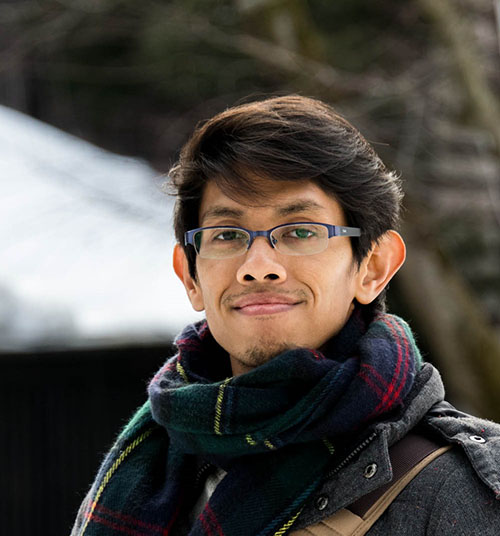Supposing you’ve been following my Instagram for a while, you might notice that I posted a lot of film photos in between digital shots over the past year. While it started partly because I needed to find something new to compensate for the feeling of being unable to travel around and do my usual photography style due to Covid-19, I have come to truly enjoy shooting film photos.
There are several reasons why.
It Makes Me Slow
“A camera that makes you slow is good?” you might ask. But it’s true in a way. In the age of digital cameras, it’s easy to keep spamming that shutter button since you can just choose the best photos later.
But hear me out: slowing down your process will make you better in the long run. With a film camera, you don’t have the luxury of shooting non-stop until your memory card is full. You only have either 24 shots or 36 shots at most with standard film. That means each photo is precious. You won’t waste a frame for taking that blurry image of a beautiful beach, don’t you?
Since I started to shoot films, I began to treasure every shot more. I am compelled not to waste a single shot, which in turn trains me unconsciously to compose the frame well before pressing the shutter button every single time. I used to go back from trips with hundreds or even thousands of photos, but nowadays I come home with just a fraction of those numbers.
This brings me to reason number two…
It Frees Me from Editing Photos
There is nothing more discouraging than going home tired from a trip and finding yourself having to go through a lot of unedited photos. Yes, you can use your phone to get an instant photo, but if you’re reading this article chances are you use your beloved camera a lot more than your phone.
When I use my film camera on an outing, I could just drop the finished film roll at my local camera shop on the way back and just have them developed in maybe one hour.
It’s actually quite fun to ponder how the photos would look like. Anticipating with a hint of excitement and anxiousness, wondering if you did the right exposure or not. Just like a child waiting for a present.
It’s Magical
Yep, reason number three: shooting on film is just magical. That’s it. It’s an experience that makes you travel back to the past, slowly reveling in the early years of photography. It may not be for everyone, but it does click for me.
There’s something special when you crank that film advance lever, press that shutter button, and hear that lovely shutter sound as a result. Every film photographer that I know always tells me this.
Also, don’t forget about the aesthetics. Every film produces different characteristics. They could be grainy, warm, muted, on sprinkled with light glows, depending on the film. This combined with the usage of vintage lenses presents a strong flavor that is sometimes hard to emulate in digital unless you post-process. In fact, I fell in love with the lenses first and wrote several articles about vintage film lenses before I tried film photography itself.
So What’s the Catch?
Ok, so far I have prattled all the good things about shooting film photos over digital. Now I’m going to mention the downsides. First and obviously, film photography is EXPENSIVE in the long run.
Sure you can get a cheap camera body + lens for less than $100, but the film roll cost and development cost may dry up your wallet sooner than you expect if you shoot constantly. In digital, the initial investment is higher, but subsequently, you’re spending less money for each photo taken.
Nowadays a film roll might cost $10 and the development & scanning might cost you another $15. That means at least you need to spend $25 in total for a mere 24 or 36 photos. Some people choose to develop on their own to cut that development cost. But that’s another mountain not many people are willing to climb.
Secondly, the learning curve is pretty steep. If you’re not starting with a point-and-shoot camera, you might find yourself having to learn a lot of things before getting the hang of it. For example, my first true film camera is Fujica ST701 with a broken light-meter, so I needed to learn about Sunny 16 rules before I could use the camera properly. I often got less-than-stellar results in the very beginning.
If you’ve only just started to shoot film, getting the more modern SLR cameras or compact cameras might be a good choice instead of picking the more advanced models. Then once you got comfortable, you can start looking into the manual models…
…or you can just ignore what I said above. Get any film camera that you like. There’s no rule after all!
Summing-up…
I’m not saying that I have become an expert on film photography. Far from it. There’s so much to learn. So far I have only touched the standard 35mm film. I still want to try the medium format one day. I would also like to try shooting with the iconic twin-lens reflex camera. And when that day comes, I’m going to write another article.
In the end, shooting film doesn’t only bring me inherent joy, but also new lessons that in turn could be used to improve my digital photography skills.

